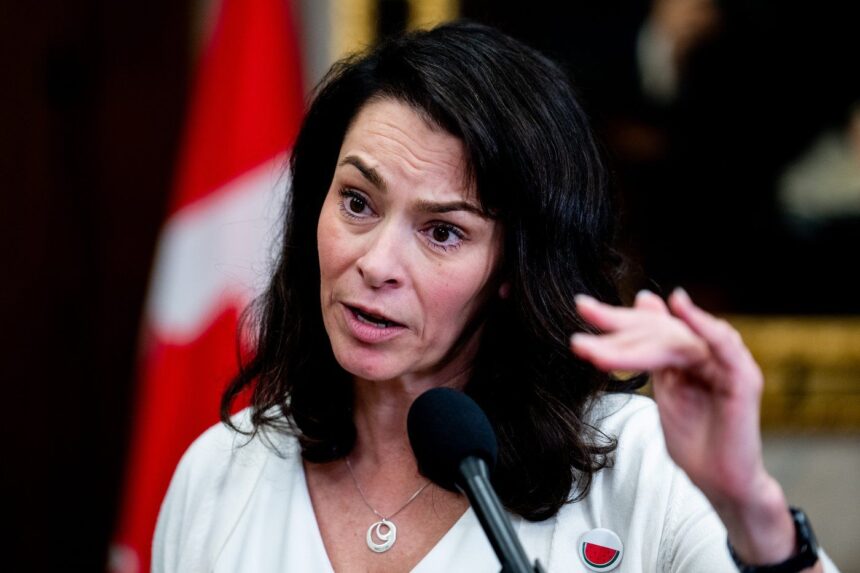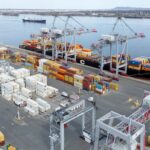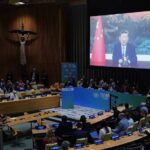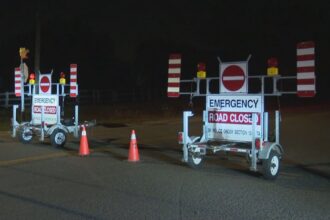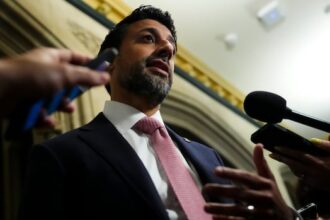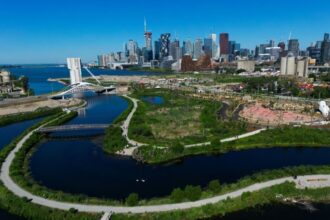The battle to succeed Jagmeet Singh as leader of Canada’s New Democratic Party has barely registered with most voters, a troubling signal for a party hoping to expand its electoral footprint in the next federal election. A new nationwide poll conducted by Abacus Data reveals that nearly 70 percent of Canadians cannot identify either of the two leading contenders in the race, Matthew Lewis and Sarah McPherson, raising questions about the party’s visibility and future electoral prospects.
“This level of unfamiliarity is concerning but not entirely surprising given the limited media coverage the race has received thus far,” said political analyst Joanne Richter in an interview with CO24. “The NDP faces a significant challenge in introducing these candidates to Canadians before they can even begin selling their vision for the country.”
The poll, which surveyed 1,800 Canadians between September 15-19, found that among those who did recognize the candidates, impressions were largely neutral. Only 12 percent of respondents reported having a “somewhat positive” view of Lewis, while McPherson fared marginally better at 14 percent. Both candidates demonstrated stronger recognition in urban centers, particularly in Toronto and Vancouver, where the NDP traditionally performs well.
Regional disparities emerged clearly in the data. In Quebec, where the NDP saw a historic breakthrough in 2011 before losing ground in subsequent elections, recognition of both candidates registered below 18 percent. This presents a particular challenge for the party as it attempts to rebuild its once-strong Quebec base.
“The leadership race represents an opportunity to reintroduce the NDP’s policies to Canadians,” noted Dr. Helena Moreau, professor of political science at the University of Toronto. “But if Canadians don’t know who these potential leaders are, it becomes infinitely more difficult to communicate that vision effectively.”
Both Lewis, a former labor organizer from British Columbia, and McPherson, an Ontario MPP, have emphasized economic inequality and climate action in their campaigns. However, their policy distinctions have failed to penetrate the public consciousness, with only 23 percent of respondents able to identify any specific policy difference between the two candidates.
The data reveals a stark contrast with the 2023 Conservative leadership race, where approximately 64 percent of Canadians could identify at least one candidate by the equivalent point in the campaign. Political strategists suggest this disparity partly reflects the structural advantages enjoyed by Canada’s traditional governing parties.
“The NDP simply doesn’t command the same media attention as the Liberals or Conservatives,” explained former NDP strategist Marcus Chen. “Without that oxygen, these candidates are essentially operating in a vacuum, hoping their message will eventually break through.”
Among decided NDP voters, recognition was predictably higher, with approximately 54 percent able to identify both candidates. However, even within this core constituency, over a quarter of respondents indicated they were “not very familiar” with either Lewis or McPherson’s policy platforms.
Financial constraints have also hampered the candidates’ ability to build national profiles. Campaign finance records show both have raised substantially less than contenders in previous Conservative and Liberal leadership races, limiting their ability to conduct nationwide tours or purchase advertising outside major urban centers.
The leadership contest will culminate at a convention in Ottawa on November 12, giving both candidates just seven weeks to increase their recognition and articulate their visions for the party and country. With the next federal election potentially less than two years away, the question remains: can the NDP effectively introduce a new leader to Canadians in time to make a meaningful impact on the national political landscape?

